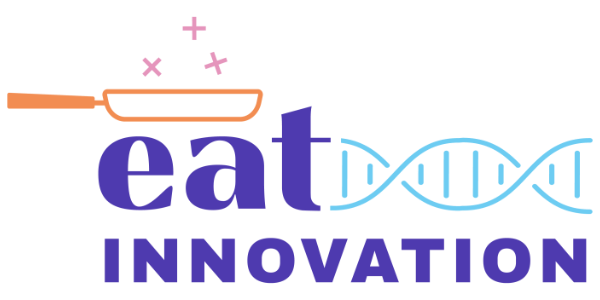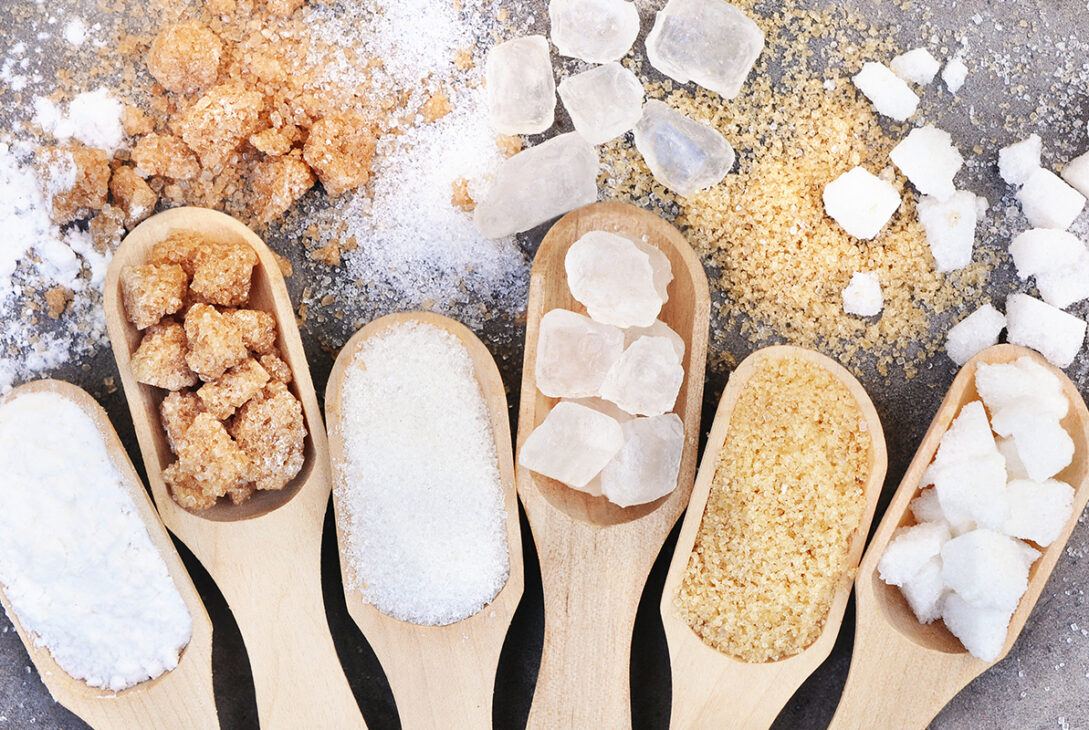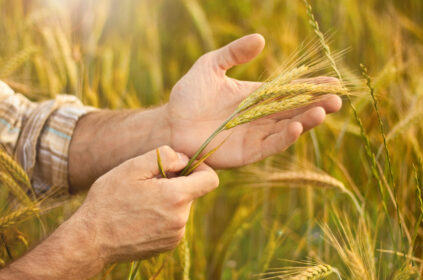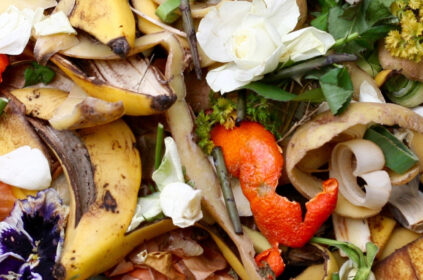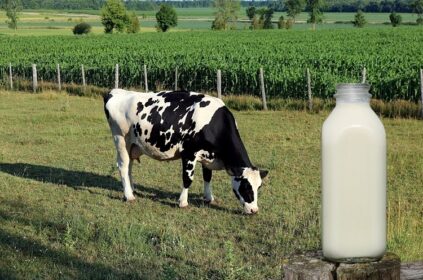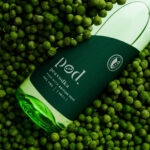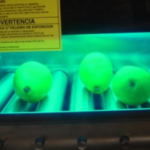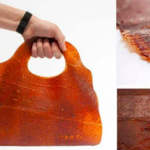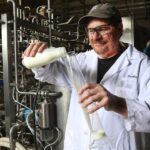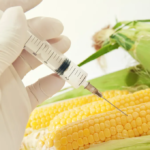Sugar reduction in food goes beyond replacing sugar for sweetener. Fortunately, there are upcycled solutions to help!
Although the use of sweeteners is very common worldwide, they are not all the same. According to a survey on the consumer’s perspective regarding sweeteners, the consumer seeks to reduce sugar in foods, rejects artificial sweeteners, but does not have this feeling in relation to natural ones.
Sugar has functions in the product that go beyond sweetness, it also helps in the texture and even in the microbiological control of foods such as jams, for example. And sweeteners, in addition to not having these additional functions, can leave a residual aftertaste. The use of natural ingredients like dates is an alternative, but the high price is still an obstacle.
Legislation to reduce sugar in food
The new front labeling is intended to help consumers make better decisions about what they consume. Some companies have chosen to put the magnifying glass on, while others are looking for alternatives to escape it. In this series of posts we’ve already talked about sodium here, about fat here and about upcycling for sugar reduction in food.
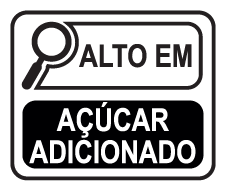
It is worth emphasizing that the sugar targeted by the legislation is added sugar and not what is naturally contained in foods such as fruit, for example. We’ve already talked about sugar in nanoparticles here, but are there solutions from waste? Of course!
Sweetener based on pear and apple waste
Dutch startup Fooditive provides a natural sugar substitute. They extract fructose from the pomace of apples and pears and then use precision fermentation to produce the sweetener. The company took advantage of the same technology to create a “honey without bees”, a vegan alternative to traditional honey, and even a “vegan casein” based on peas.
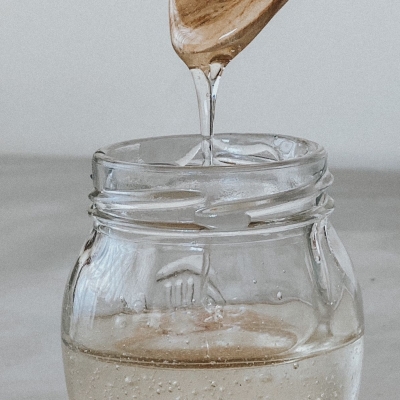
The company is currently developing a 3D printing technology that can produce food from plastic waste called BioPrint, but that’s a topic for another post.
Upcycled corn cob fiber sugar
The Supplant Company produces fiber sugars. For this they use plant residues rich in fiber, such as stems, stems, husks and corn cobs. Enzymes extracted from fungi break down the long sugar chains found in fiber. The polysaccharides, are separated into oligosaccharides, leaving a mixture of long chain and short chain that the company calls fiber sugar.

These chocolates are sweetened with upcycled fiber sugar
Fiber sugars behave like traditional sugars in foods, but retain certain fiber characteristics. They caramelize and cook, but are less caloric and have a lower glycemic response.
As sugar is abundant and cheap, one of the biggest difficulties in replacing it is the price, in this sense, upcycling helps to make the price more competitive.
Rare sugars from upcycled starch
Bonumose has developed and patented an enzyme technology platform for the production of high purity rare sugars – such as tagatose and allulose – from upcycled raw materials (starch).
Starches come from the production of pea protein and potato protein, processes where starch is usually a by-product as protein has the highest added value. These sugars have fewer calories and a very low glycemic index, they are known in the industry, but are little used due to the high price. Again, upcycling is the game changer here and makes the ingredient market competitive as well as environmentally sustainable.
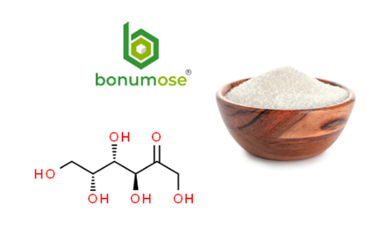
Innovation for sugar reducing sugar in food is growing with upcycling and there will still be a lot of sweet news out there!
Sources: Ag Funder News, Ag Funder News (2), StartUs Insights, Food Ingredients First, Food Business News, Tech Crunch, Business Wire, USA Today, NextGen Nutrition
